The Battle of Lepanto is noted as being the last significant battle between Christianity and Islam. It is said to have drawn a great dividing line between the two – Islam in the East and Christianity in the West. The battle took place as part of the Ottoman-Hapsburg Wars on October 7, 1571.
Many identify the Battle of Lepanto as being a Holy War, fought between Christianity and Islam. However, the battle’s real cause was the struggle for control of land and economic power. It was also one of the first naval battles not fought under the traditional hand-to-hand combat rules.
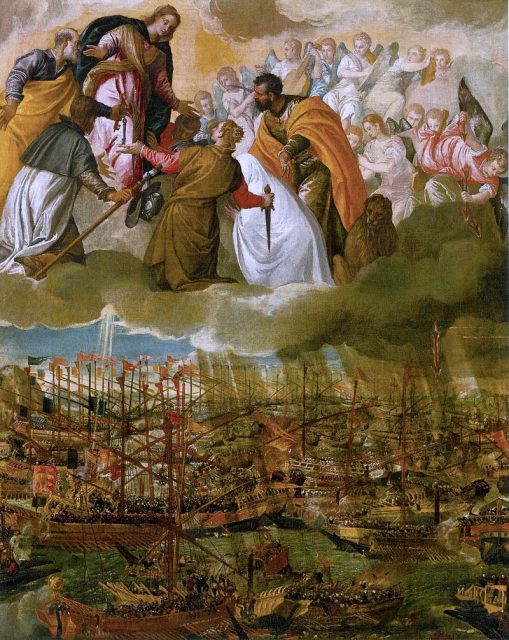
Background
In 1566, Sultan Selim II assumed the throne of the Ottoman Empire. Ever hoping to expand their dominion, the Ottomans sought to take over the island of Cyprus. At the time, Cyprus was in the hands of the Venetians, and had been since 1489.
The main reason the Ottomans wanted Cyprus was because it served as a safe haven for many ships that sought to attack Ottoman vessels. Selim knew that if he controlled Cyprus, his trade ships could flow freely through the Mediterranean waters.
All through the summer of 1571, the Ottomans were gaining momentum, and it became evident to the Pope that the next place the Ottomans would try to capture was Cyprus. Knowing how vital this island was to the Christian coalition of countries (mainly for economic purposes) the Pope worked hard to gather support in opposition to the Ottomans.
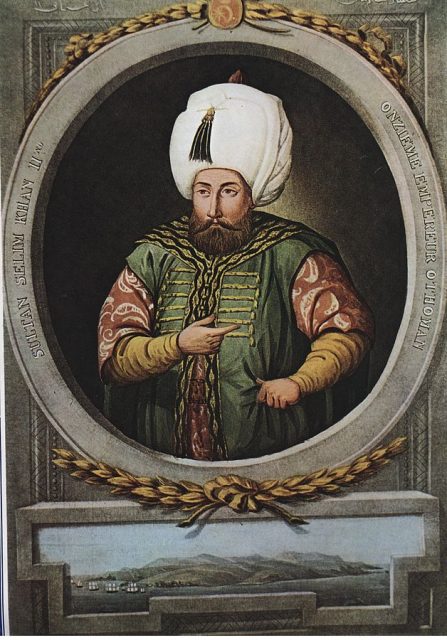
Leading up the Battle: Pope Pius V had secured support from Venice, Spain, the papal states, Genoa, Savoy and Malta. They banded together their naval vessels into what was once called the “Holy Fleet.” The Holy Fleet was led by Don John of Austria.
The fleet consisted of 206 galleys and 6 gallasses. Up until this point, galleys were typically unarmed when participating in naval battles. It was customary that the two sides would meet in the waters, board each other and fight hand to hand until one side relented or was clearly defeated.
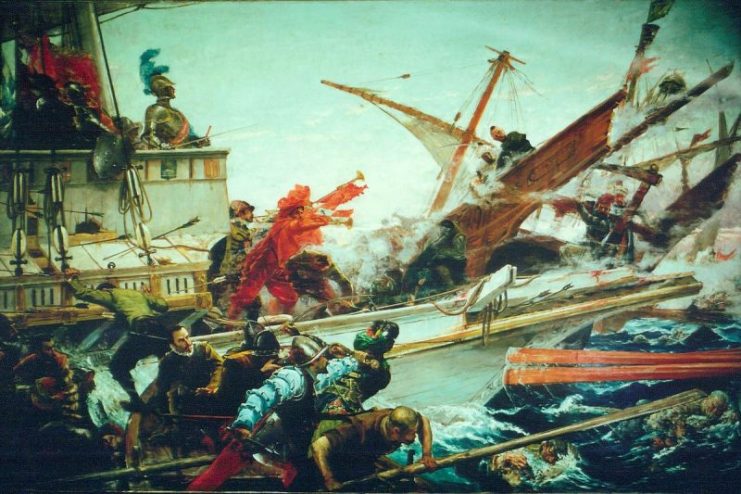
This time, however, the gallasses fielded by the Holy Fleet actually had mounted artillery – something that the Ottomans did not have. These would prove to be vital to the Holy Fleet’s success in the Battle of Lepanto.
The Ottomans, led by Ali Pasha, had 230 galleys and 56 galiots (small galleys.) Although the Turks had over 70,000 men aboard their fleet, what they failed to appreciate is that a large number of their men were Christian slaves. They didn’t realize the significance of having Christian slaves fighting for them in a battle against a Christian navy.
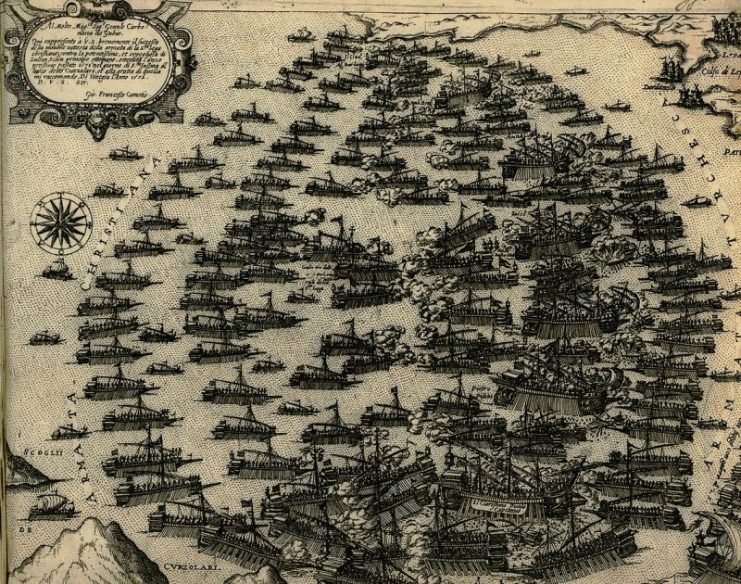
The Battle
At first, the Holy Fleet seemed to have the upper hand. Their gallasses attacked the Muslim Ottomans, splintering the decks of their ships. In return, the Ottomans circled their ships and attacked the Christians with arrows. The Ottomans hoped that if they could turn this battle into one of hand to hand combat, they would have the advantage of defeat the Christian navy.
After a lengthy skirmish, with many men being killed and wounded on both sides, the battle reached its height. At one point, Don John, commander of the Holy Fleet, saw an opportunity to attack the Ottoman ships with their artillery.
After several attempts, Don John’s men were able to board Pasha’s ship, “The Sultana.” Once on board, they beheaded Ali Pasha and displayed his head on a pike. Seeing this discouraged the Ottomans and their morale was destroyed. They retreated and withdrew their ships, turning back for home.
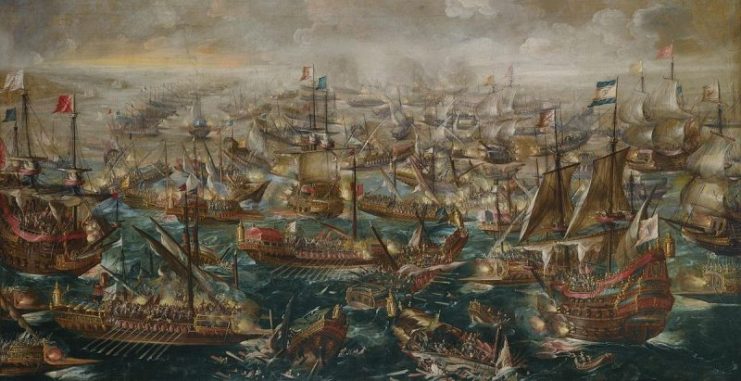
Aftermath
Although the Holy Fleet won the Battle of Lepanto, both sides suffered major casualties. The Holy League lost 50 galleys and took 13,000 casualties. The Ottomans lost all but 50 of their ships and 25,000 men. It was declared one of the most decisive naval victories in history. Not only was the Holy League victorious, it was also able to free thousands of Christian slaves in the process.
The Battle of Lepanto was a crucial point in the history of the Islamic Ottomans and the Christian Holy League. The Christian victory at Cyprus prevented the Ottomans from spreading Islam through the Mediterranean and Western Europe.
It was a pivotal opportunity for Christianity to take hold and spread its influence even further in Europe. Lack of unity across Europe, however, even amongst the states that were part of the Holy Fleet, prevented any lasting supremacy over the Ottomans.
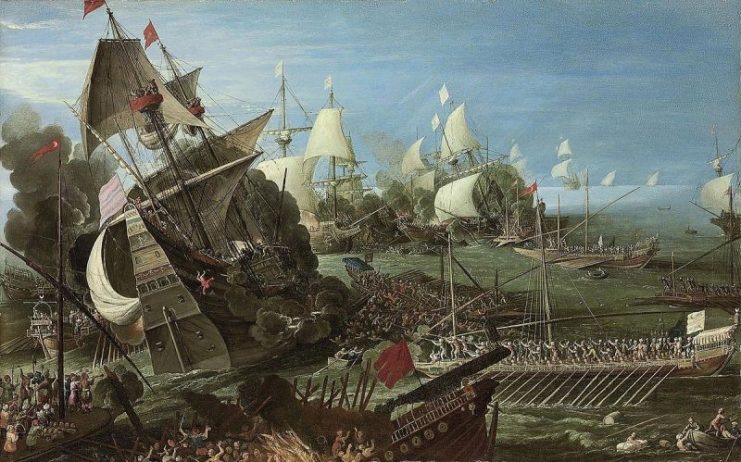
It was not long after the Battle of Lepanto that the Ottoman Empire started to rebuild their navy and resume their campaign in Europe. In fact, the Ottomans did indeed eventually capture Cyprus. They also lost their control over the seas, however, especially the Mediterranean.
Religious Divide
The Battle of Lepanto did represent a religious conflict between Islam and Christianity. However, it did not prevent further division amongst the Christian states and Western Europe. Within Christendom, there were still power struggles, and Christian nations still sought dominion militarily and economically.
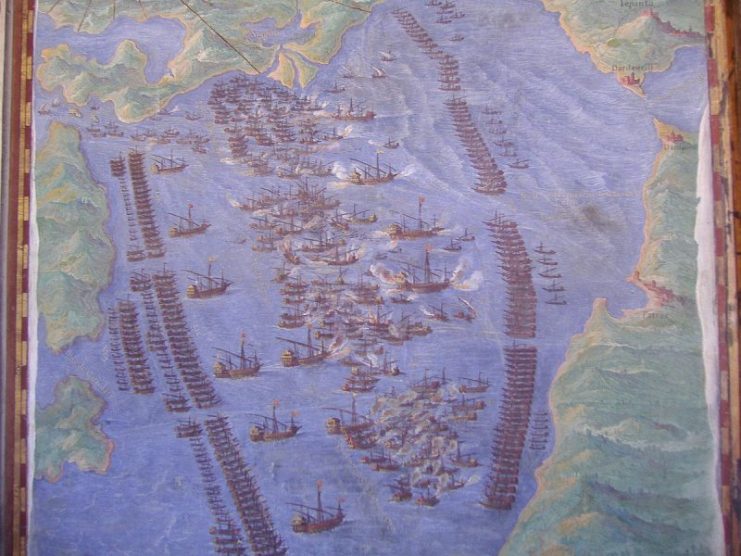
The Ottoman Empire fell many centuries ago. However, Islam still persists in the East, and tension still exists between Islam and Christianity. Naval battles are no longer fought over religious differences, at least not formally. However, Christendom is still divided today – across country and continent.
